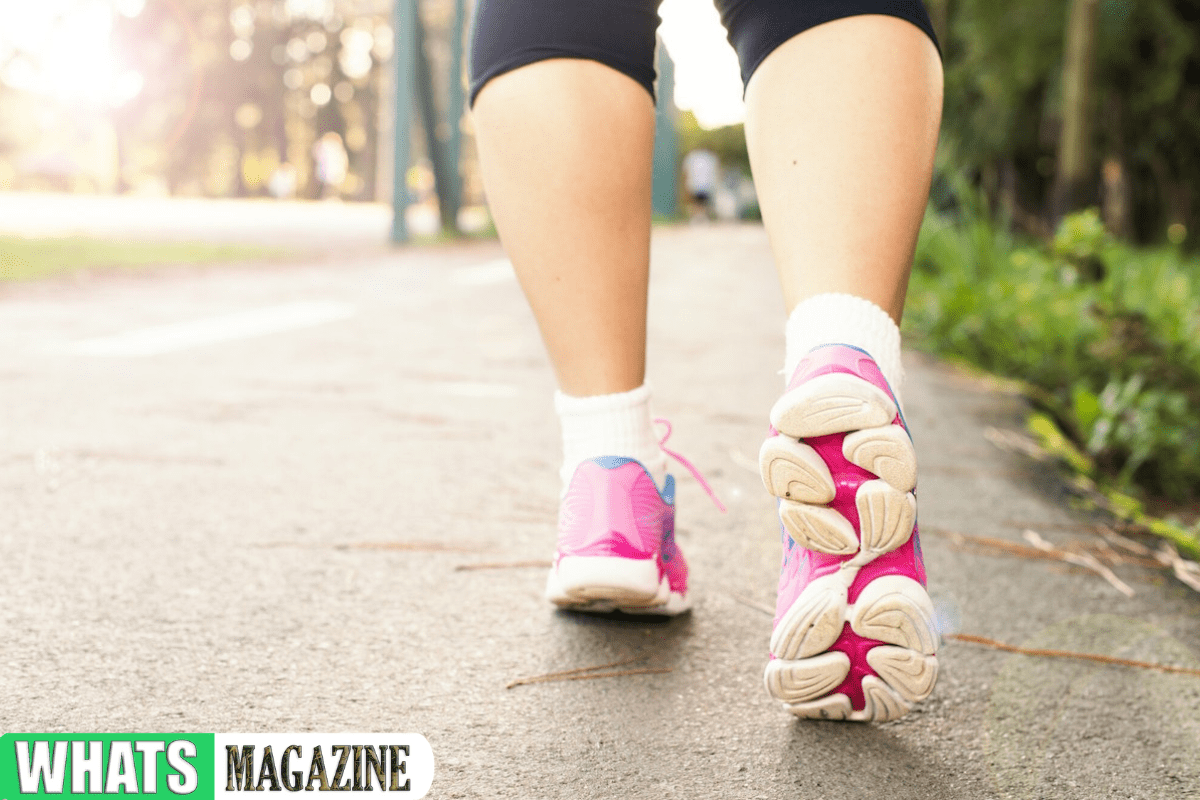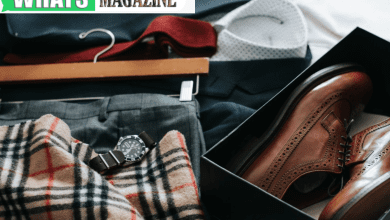Our feet take a heavy beating, but they’re designed to stand up to it. The skin on our soles and heels is the thickest anywhere on our bodies, and the combination of our muscles, tendons, and ligaments act like complex pieces of machinery with every step.
Despite this, we often take our feet for granted, even as we take thousands of steps every day! However, regular care and maintenance can ensure that your healthy feet keep walking with ease for years to come. If you’re hoping to take better care of your feet, here are a few tips worth knowing.
In this article
Inspect Your Feet for Damage
Never ignore issues with your feet. Inspect them every day to track changes in their color or texture. If you struggle to see the soles of your feet, use a mirror.
You should also be attentive to signs of damage. Cracked skin, blisters, small cuts, swelling, sores, and redness can seem like small issues, but they can snowball into larger headaches if you leave them alone for too long. Don’t forget to also look at your toenails, which can sometimes bear signs of discoloration or fungus.
If you notice any of the signs we’ve mentioned, be sure to address them right away. Never ignore foot pain or superficial issues. If your symptoms persevere, reach out to a medical professional.
Clean Your Feet
Wash your feet once a day to maintain your foot hygiene. You should do this with gentle soap and a soft sponge.
Use lukewarm water, as hot or cold water can damage your skin. Don’t forget to wash between your toes as well.
Be sure to dry your feet before you put socks or shoes on. This reduces the amount of moisture trapped around your feet.
Be Careful With Your Toenails
When you cut your toenails, make sure you’re cutting them straight across. To trim the edges, use a nail file. This can help you prevent the nail from growing into your skin.
If you wear nail polish, be sure to give your nails time to regain their health between polishes. This can be especially important if you use nail polish remover to strip away previous colors, as the harsh chemicals in these products can be tough on your nails.
Don’t Go Barefoot
Walking around barefoot may feel comfortable, but it can also expose the bottoms of your feet to friction and injuries. In some cases, it can even raise the risk of infection. This is particularly obvious assuming that you’re outside.
While walking barefoot is relatively safe at home, you’ll want to make sure your environment is free of anything that might cut or irritate your feet.
Moisturize
The skin on our heels and the soles of our feet are prone to dryness and cracking. This is especially true if you like wearing open shoes like sandals.
For this reason, you should moisturize your feet every day. Though you can use special foot care products for this, a good lotion, cream, or petroleum jelly will work just fine.
The only exception to this moisturizing rule is the skin between your toes. Keeping these areas dry can help ward off skin infections.
Maintain a Healthy Weight
As much as possible, try to maintain a healthy weight. When you’re overweight, every step you take puts a little extra force on your feet.
Though the difference may seem minor, the added pressure can worsen certain foot problems. Arthritis in the feet, for example, can become more severe in individuals who carry extra weight.
In addition, being overweight can increase your risk for issues like poor blood circulation or diabetes, both of which can affect your foot health.
Ensure a Good Shoe Fit
No matter how great a pair of shoes look, make sure you’re sticking with your usual shoe size.
Shoes that are too tight can cause foot pain. They can also compress your toes, which may cause your toenails to cut into your skin as you walk.
As a rule of thumb, there should be around 3/8″ to 1/2″ between your longest toe and the end of your shoe. You’ll also want to avoid pinching on the sides of a shoe, as this can lead to blisters.
On the flip side, shoes that are too large for your feet can allow your feet to slide around inside the shoe. Not only can this make it harder for your feet to get a proper grip, but it can also lead to blisters.
Invest in Good Arch Support
Cheap flats and flimsy flip-flops may feel like a bargain, but they’re not great for your foot arches. Your arches need support as you walk, so the flat surfaces of these shoes may cause foot pain over time.
Instead, consider investing in a quality pair of shoes that offers solid cushioning and good arch support. Better yet, you may want to buy a set of orthopedic insoles that you can wear with multiple shoes.
Rotate Your Shoes
Even if you’re attached to your favorite pair of shoes, it’s a good idea to rotate your shoes by wearing different options each day. This gives your shoes a chance to air out after sweat and moisture build up inside of them.
When you air out your shoes, you reduce the risk of odor, mold, or fungus building up in your shoes. You also give your feet a chance to recover from any blister-causing friction from a particular set of shoes.
Make Time for Stretches and Massage
The muscles and joints in our feet benefit from stretches just as much as any other part of the body.
A few simple foot and ankle exercises can help you maintain your flexibility and mobility. They can even restore strength and help with balance. If you’re having more specific issues in these areas, of course, reach out to a physical therapist for a set of exercises tailored to your needs.
Self-massage can also be a great way to maintain your foot health. Rubbing your feet can boost your circulation and release tension in your feet.
Get Healthy Feet With Regular Care
Maintaining healthy feet isn’t hard as long as you keep the tips above in mind. With a bit of extra care and attention, your feet will keep kicking for years to come!
Looking for more health tips? Be sure to take a look at our other posts for additional insights.









